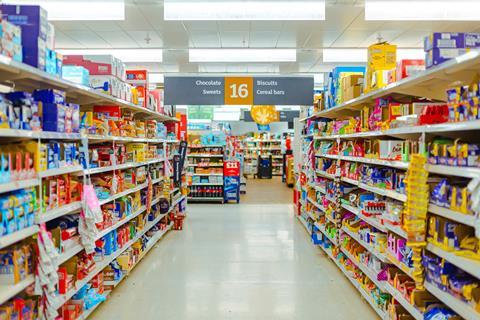
Each January, I read a fair number of trend articles looking at what will impact the year ahead. As we start 2023, there are longer-term elements to take note of, and one trends piece that caught my attention in particular was an article from Paul Graham, MD at Britvic – a company I have been a part of and admire.
Paul knows soft drinks and he knows the retail landscape. From the continuing impact of the the cost of living crisis and navigating HFSS legislation, to a focus on sustainability and cross-industry collaboration – which Paul states will become even more crucial between suppliers and retailers – it’s a solid look ahead that goes beyond the soft drinks industry.
The world of retail has permanently changed, owing to well-reported factors over the last three years, and the challenges continue. So what should we be concentrating on in the year ahead?
Back to basics
The importance of understanding your shoppers should need no explanation, but unfortunately, not everyone is as shopper-savvy as they could be.
As households feel the pinch, they are increasingly looking for value in the individual pack price in order to stick to a strict budget, rather than calculating the £/kg or bulk-buying for a longer-term saving. This isn’t news. However, where the insight becomes actionable is when we look at areas such as shopper response to pricing and promotional mechanics.
Take the classic round £1, for example. Historically, moving from £1 to £1.25 would result in reduced volume uplift of up to 45%, or in some cases up to 65% – a huge impact. But this is now softening.
Within recent studies, we’ve uncovered a significant shift in pricing thresholds and tipping points. If you are running a promotion that changes the first digit of the price – for example, the base price is over £2 and promo starts with a £1 – whether that promo price is £1.50 or £1.75 has very little impact on shopper behaviour. Brands and retailers that are unaware of details like this are perhaps needlessly eroding profit.
A sustainable future
The importance of sustainability is still firmly on the agenda, with the deposit return scheme (DRS) set to come into force in Scotland later this year. But there is also a consumer pull. This desire from shoppers to live more sustainably has, does and will continue to influence purchase decisions.
In recessions of the past, the topic may have fallen off the radar, but it’s not looking as likely this year. Cutting emissions and being more energy-efficient is bound to continue gaining momentum as households become more aware than ever of their usage and associated costs. Initiatives such as DRS will put recycling in stronger focus, which will certainly have an impact on supply chains. Understanding how to optimise this will be key to implementing legislative changes going forward.
While it may be tempting to deprioritise sustainability innovation as the industry faces challenges from all sides, continued focus in this area is a must – using data and insight to inform where best to focus time and investment.
A healthier understanding of HFSS
While on the topic of legislation, it would be remiss to glaze over HFSS. The first in-store regulations have driven a significant decline in traditional cap end display promotions. Instead, activity is being spread around the store in new locations. Some categories, such as crisps, cereal and frozen pizza, have shown a clear shift towards out-of-aisle promotional support for HFSS-compliant products. But has that increased off-shelf presence been enough to encourage us to make healthier choices?
With restrictions on volume price promotions to be implemented in October 2023, and across HFSS advertising in January 2024, now is the time to plan ahead. A recession is bound to focus shoppers’ minds onto lower costs, perhaps to the detriment of healthier choices. So getting the balance right for everyone, including the shopper, is essential.
There is a wealth of information available to manufacturers from your data and insight partners. Getting close to the impact on your categories, brands and competitors will optimise your ability to navigate the restrictions successfully.
Is collaboration the trend of 2023?
Paul Graham calls for more in-depth collaboration between soft drinks manufacturers and retailers this year, and I wonder if a collaborative approach is the real trend that will shape 2023. In light of all the challenges that have been thrown our way, the fmcg industry needs to come together.
Understanding your specific category inside out is no longer enough – the need to understand the role it plays in the total store and from a shopper POV is crucial. We can only truly do this through collaboration, sharing insight and data. We mustn’t shy away from transparency. We need to take on board learnings, whether that is from other areas of your own business or from external sources.
We are resilient as an industry, and we will weather the storm better if we look at what our shoppers tell us through their spending and response to change.







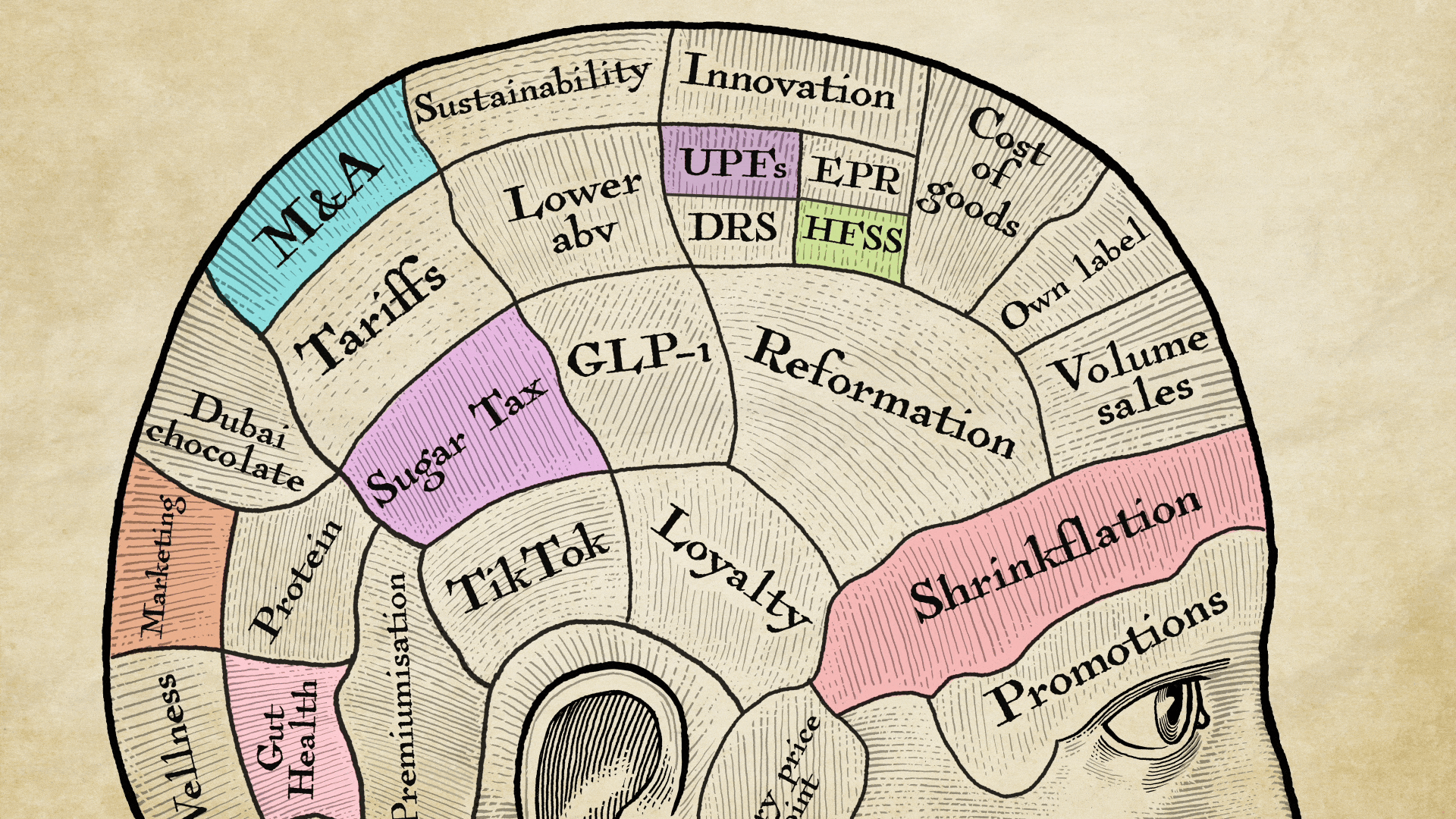


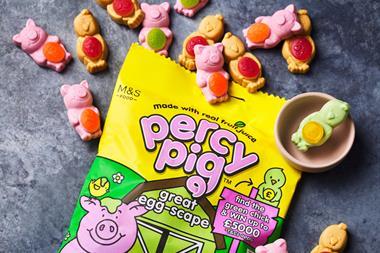

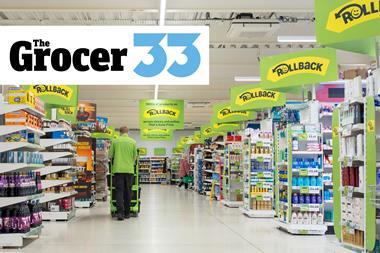


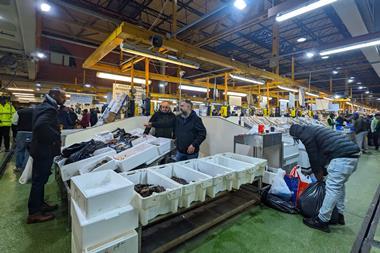



No comments yet